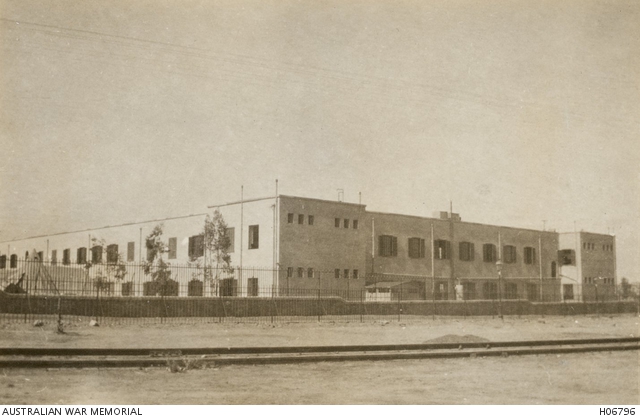Although Martin spent most of his childhood in Saxlingham Nethergate or Saxlingham Thorpe he is not remembered on the war memorial. His name appears on lists, which were in the Church Chest, of men who served in the war. These documents are now in Norfolk Record Office.
Martin was born in Claxton but by 1891 his parents Philip and Deborah Cobb (nee Farrow) were living in Saxlingham. Philip was a grocer and later also farmed Hill Farm, Saxlingham Thorpe until his death in 1939.
Martin was born on 9 May 1883 and was baptised in Claxton on 26th September 1883. He had one older brother Thomas David Cobb born 24 May 1881.
In 1901 Martin aged 17 years was a Wheelwright’s Apprentice working in Saxlingham. In 1907 he moved to work on the Duke of Grafton’s Estate at Euston, Thetford, Suffolk.
On 11 February 1910 he married Nora May Oxborrow in Euston, Suffolk. She was ten years younger than he was and was only 17 years old when she married. She was born 9 May 1894
In 1911 they were living in Great Fakenham, Thetford and he was a wheelwright and coach painter on the Duke of Grafton’s Estate.

He enlisted in Army Service Corps, Service Number TS-7765 on 9 June 1915. He was 5 feet 4 inches tall with a 33 inch chest. His address was Bridge House, Great Fakenham.
The Agent for the Estate wrote a letter saying that he had worked for the Duke for 8 years and was a good worker.
He was aged 32 years and one month when he enlisted. He had three children;
May Winifred Clementine born 18 May 1911
Philip born 29 July 1912
Vera born 20 August 1914.
In the Army he worked as a Wheeler, which was the army term for a wheelwright. The T before his service number means that he was with Horse Transport Section.
He left Devonport 19 December 1915 on HMT Ionic and arrived in Port Said, Egypt on 5 January 1916. He was with 219 Coy, 31st Divisional Train.
Between 18 August 1917 and 11 September 1917 he was in hospital with sand fly fever. This fever occurs a few days after a bite from an infected insect. With the fever a person has muscle and joint aches, headaches, lassitude, a slow heart rate and low blood pressure. The fever usually subsides after a few days but some people can be affected for several weeks.
This type of fever was prevalent during July and October in Egypt as it was difficult to prevent the men from being bitten. Although not a serious illness it resulted in many men being out of action at any one time. The insects tend to bite at the end of the day and so the men were encouraged to smear repellents on their skin. It was found that vermijelli, an ointment made from a mixture of oil, soap and water, issued for the destruction of lice worked well. Unlike some other repellents it only needed to be applied once or twice in the evening.
On 21 December 1918 he was admitted to 27th General Hospital, Cairo with malaria and stayed there until 25 January 1919. This hospital was situated near the northern entrance to the Suez Canal and was about 60 miles from Cairo at the edge of the desert. Ambulance trains brought the sick and wounded to it.


On 25 January 1919 he was sent to a convalescent department at Boulac where he stayed till 6 February 1919. He then returned to his unit. He left Egypt on 30 June 1919 and was demobbed on 12 August 1919.

In his Service records he is described as being a first rate wheeler, trustworthy and hard working.
In the years following the war the family initially lived in Thetford and then by 1927 had moved to Bury St. Edmunds.
Four more children were born
Robert born 13 March1926
Reginald born 1927, died 1929
Jean born 1929
Geoffrey born 1931
The family were living at 8 Maltings Cottages, Bury St. Edmunds in 1939. Martin was working as a wheelwright. Robert and four other children were living at home but their names were withheld.
Thomas David Cobb, his brother, had married Frances Dade in 1916 but by 1939 he was widowed. He was still living at Hill Farm, Saxlingham Thorpe. He was also a special constable. Their father died in 1939 and Tom died in 1944. Probate was granted in both instances to Martin Cobb.
Martin died in Bury St. Edmunds, Suffolk in 1955.
Acknowledgements
England & Wales, Birth, marriage, death index 1837-2005
UK Census Collection
British Army Medal Roll Index cards, 1914-1920
1939 Register- www.findmypast.co.uk
British Army Service Records
Norfolk, Church of England Diocesan Baptismal Records.
England & Wales, National Probate Calendar 1858-1995
G S Buchanan, MD, RAMC; Epidemics of the Eastern Campaign
Photograph of 27th Hospital, Courtesy of Australian War Memorial
Photograph of Boulac Convalescent Camp- Light Horse photographs- War Relics Forum
